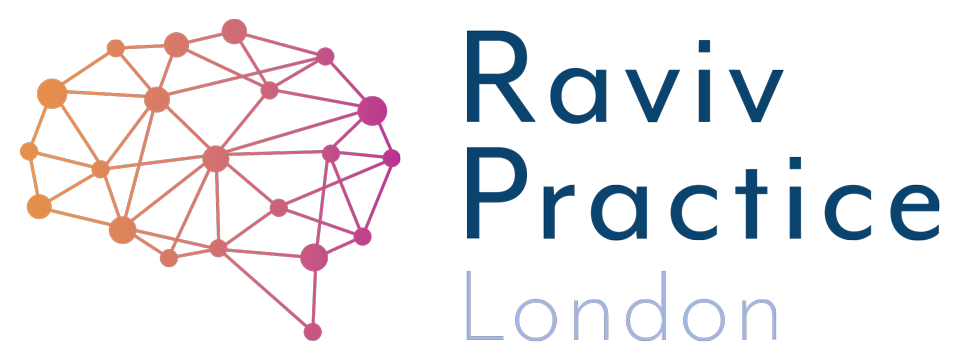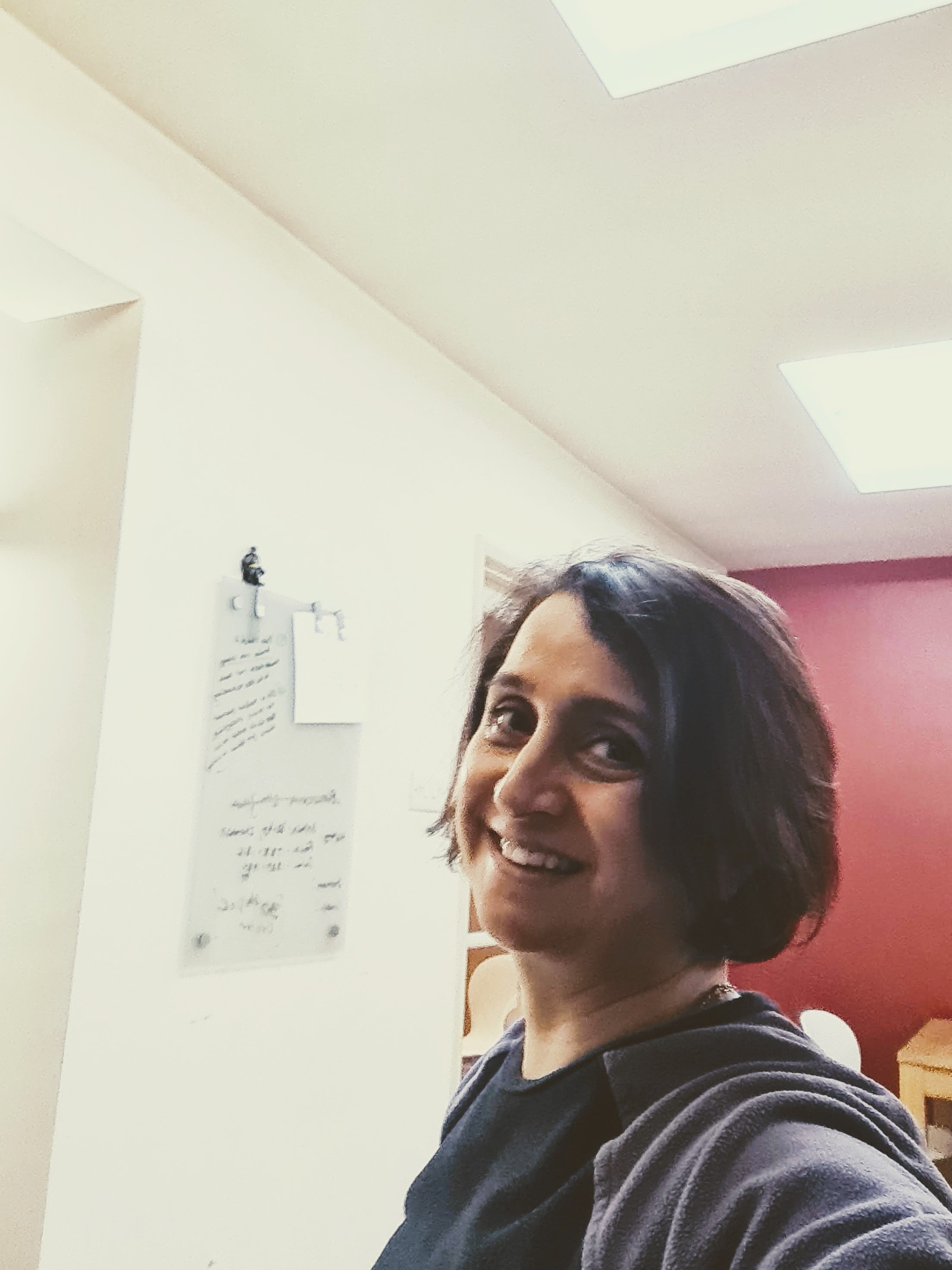What good balance does for your body and how to get it
What good balance does for your body and how to get it.
“Have no fear!” said the cat.
“I will not let you fall.
I will hold you up high
As I stand on a ball.
With a book in one hand!
And a cup on my hat!
But that is not ALL I can do!”
Said the cat...
From The Cat in the Hat, Dr Seuss
Whether or not we are as adept at balancing as The Cat in the Hat, we could all do with better balance.
Good balance makes it easier to move and helps prevent injury. Studies show that it also aids concentration and attention in children with ADHD, and for anyone who finds it difficult to keep focused and on track.
Conversely, poor balance is the major contributing factor to falls in the elderly, leading to fractures and bone injury. According to The Royal Society for the Prevention of Injury, there are 250,000 bone-related injuries each year in the UK. In the last year, the NHS has now added a “balancing test” to its over 50s health check because they consider this simple skill so important to health later in life. Most people experience a significant drop in their balancing ability after the age of 40.
It might seem like a frivolous thing but, with our increasingly sedentary lifestyle and decreasing activity levels in this country, it is something we need to get better at. We need to act soon, or the stats will continue to increase each year.
“balancing is a skill we can practice and improve – and it leads to a lot of health benefits.”
Understanding how balance works
Our body’s system for balancing is made up of what our eyes see (vision), what our joints and muscles feel (proprioception) and the balance monitoring system in our inner ear (vestibular apparatus). If any of these three components are weak or compromised, it results in poor balance overall. Fortunately, unless there is a physical problem in one of these systems, balancing is a skill we can practice and improve – and it leads to a lot of health benefits.
How good is your balance?
When trying to improve your balance, you don't necessarily need to know which of the above three aspects is weak or strong. By addressing one, you help all three!
To help illustrate the point, try this little experiment:
With your eyes open, feet bare and arms extended, simply try balancing on one leg (free of support). How many seconds can you balance?
Change the leg to see which is easier. Now try the same exercise with your eyes closed, can you balance for as long?
To make this a little more difficult, try standing on one leg, eyes closed and moving your head from left to right very slowly.
How did you do? Did you notice how much attention this activity requires regardless of your ability level? With each increase in level, you improve your ability to concentrate.
Exercises to maintain or improve balance at home
It is important to seek the advice of a doctor before you embark upon any exercise program. Here are some simple exercises which can be carried out for anyone with reasonable fitness levels:
1. In a standing position, and in bare feet, extend your arms straight out to the sides. Lift one leg so that your thigh is parallel to the ground and your lower leg remains vertical. Hold this position for around 15 seconds. Change leg.
2. Heel-to-toe walking. Walk across an imaginary tightrope, placing one foot immediately in front of the other with your arms extended to the sides. Now walk backwards using the same technique.
3. Place a balance-beam of 12cm wide and 2 metres long onto the floor. Take small steps. After a while decrease the width to 7cm if possible. Securely elevate the beam by 5cm or more. To increase the level of difficulty, do the exercise with eyes closed or head moving side to side slowly. Do the exercise for 10 minutes, 2 or 3 times every week. You should notice a difference in your concentration levels after a couple of weeks (it may take longer for those with concentration problems).
“Balancing might be easier with thick-soled shoes on, but to really you need to develop how your brain and feet muscles work together to improve the skill”
Additional guidelines
Have your eyes checked regularly. If you feel you are over-reliant on vision to help keep your balance, you may want to go to see a Behavioural Optometrist to help improve eye movement with vision therapy.
Be in tune with your feet. Balancing might be easier with thick-soled shoes on, but to really you need to develop how your brain and feet muscles work together to improve the skill. If you feel unsteady when doing the above exercises, try walking barefoot on different surfaces such as sand, grit, or pebbles, or buy a reflexology mat which is designed to activate the responses in your feet.
Skipping, riding a bike, taking Tai Chi, Yoga, or one-to-one classes help improve balance.
Interestingly, in China, the average number of falls among the elderly is significantly lower than in Western countries.
Why? The use of bicycles as their main mode of transport, regardless of age, appears to be a contributing factor. Secondly, more people practise the ancient art of Tai Chai, an exercise which improves all round balance, strengthens muscles and joints, and improve general fitness. On top of this, the Chinese are more in tune with sensory activities, such as walking on pebble paths or reflexology, which keep the senses in their feet responsive to changing terrain when they walk.
So, I urge you to work on those balancing skills! Especially as you get older… you’ll find it not only helps decrease the chances of having a fall when you’re elderly but really helps with developing a healthy mind-body relationship. We don’t offer Tai Chi or bike riding lessons, but we can help in other ways, such as Rhythmic: Balance Auditory Vision Exercises .
If you’re struggling with your balance, it really can help! Get in touch to find out more.
Dyslexia? Dyspraxia? ADHD? ASD? Speech & Language? Developmental Delay? Anxiety?
Is every school day a struggle? As a parent, you may feel exhausted and on this journey alone. Each year you see the gap getting wider. You need to do something - change the approach, help your child learn for themselves, find a way to turn this around before it is too late and they won’t listen - do this NOW. the first step is free.
About the Author
Usha Patel is a Neurocognitive Therapist and Director at Raviv Practice London. Parents searching to help their suspected/neurodiverse child can get evidence-based solutions with results in as little as 8 weeks. Those in search of jargon-free help can get started straight away.



